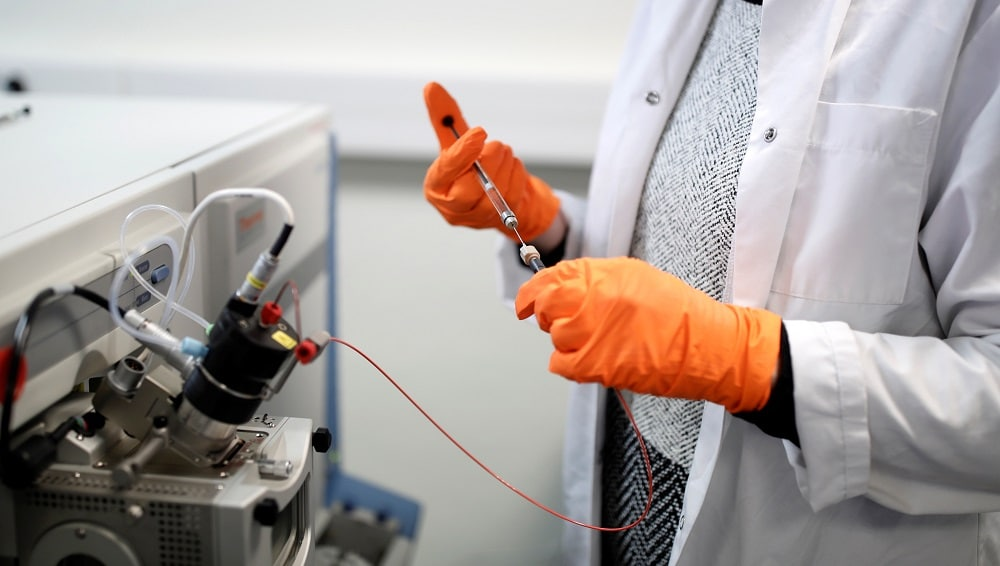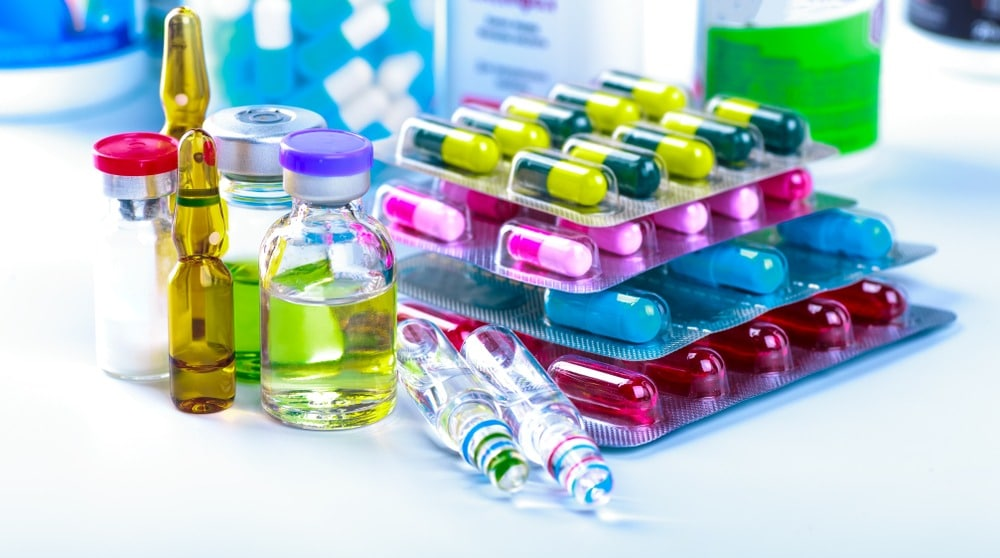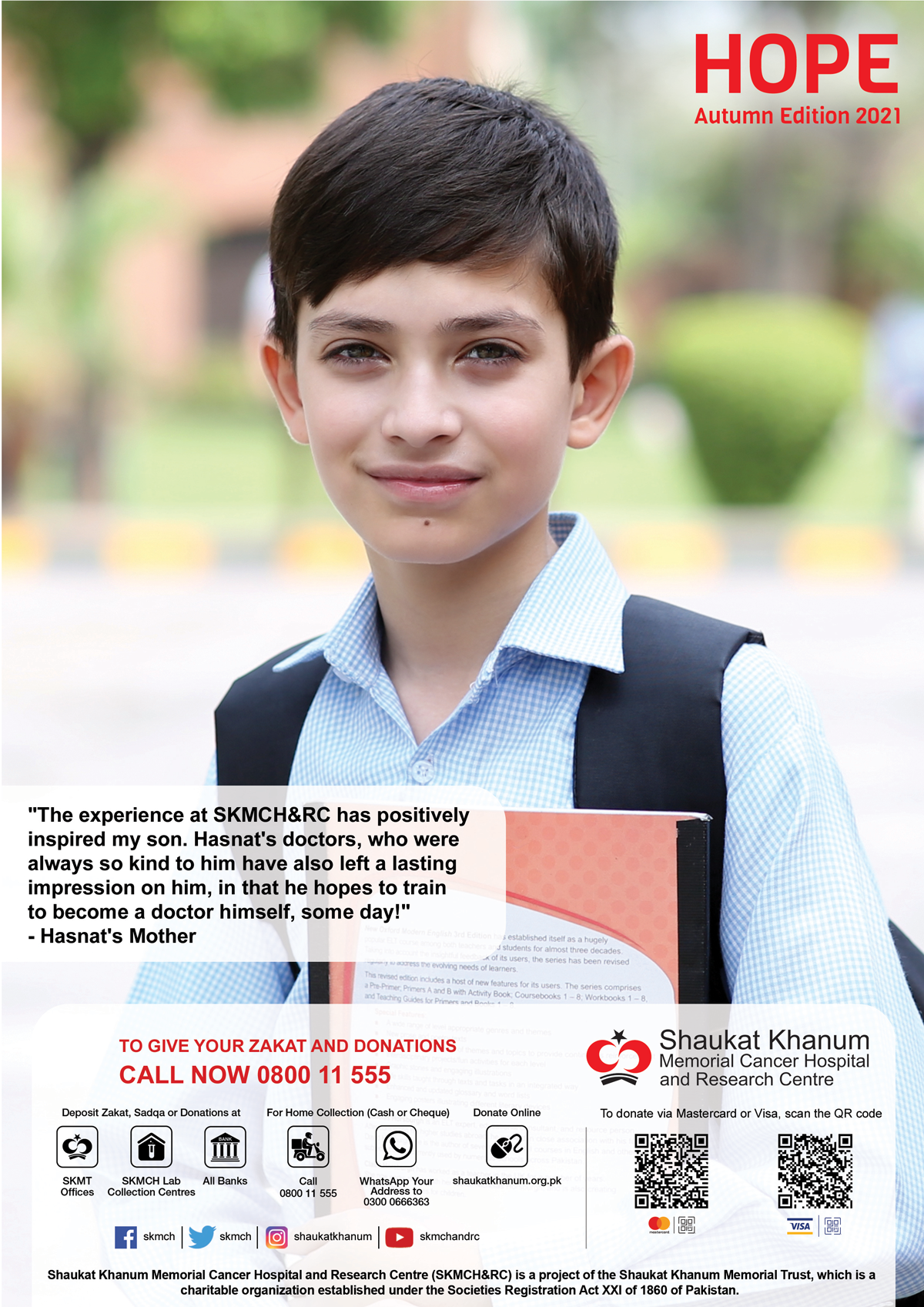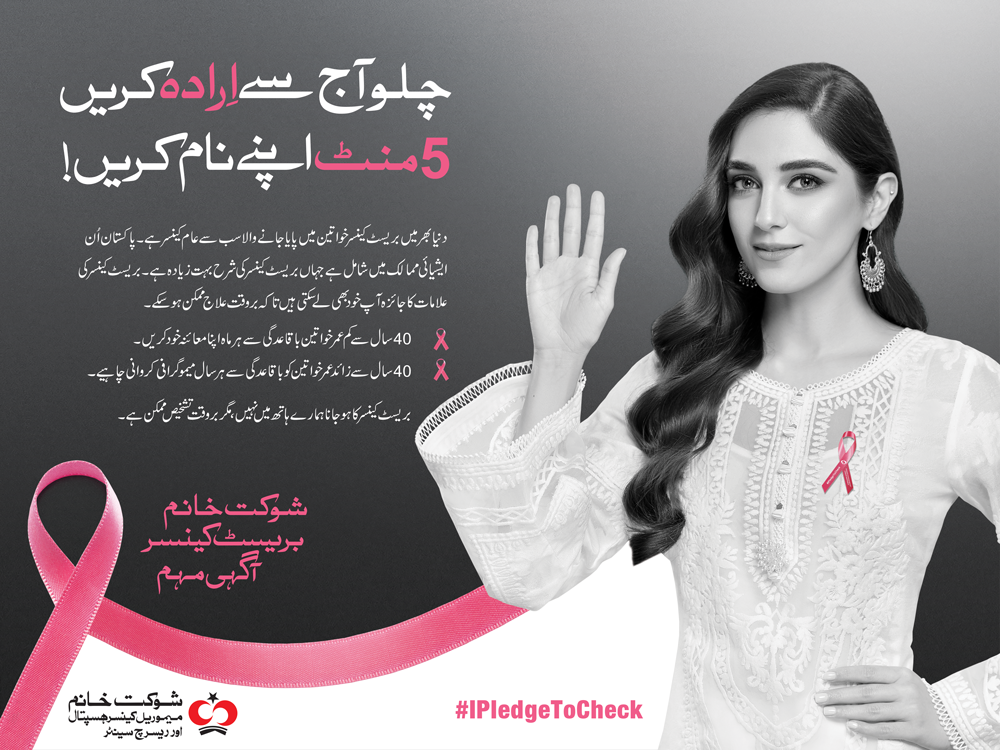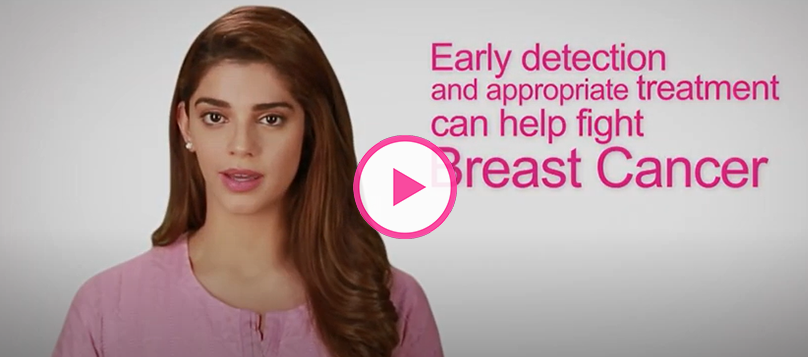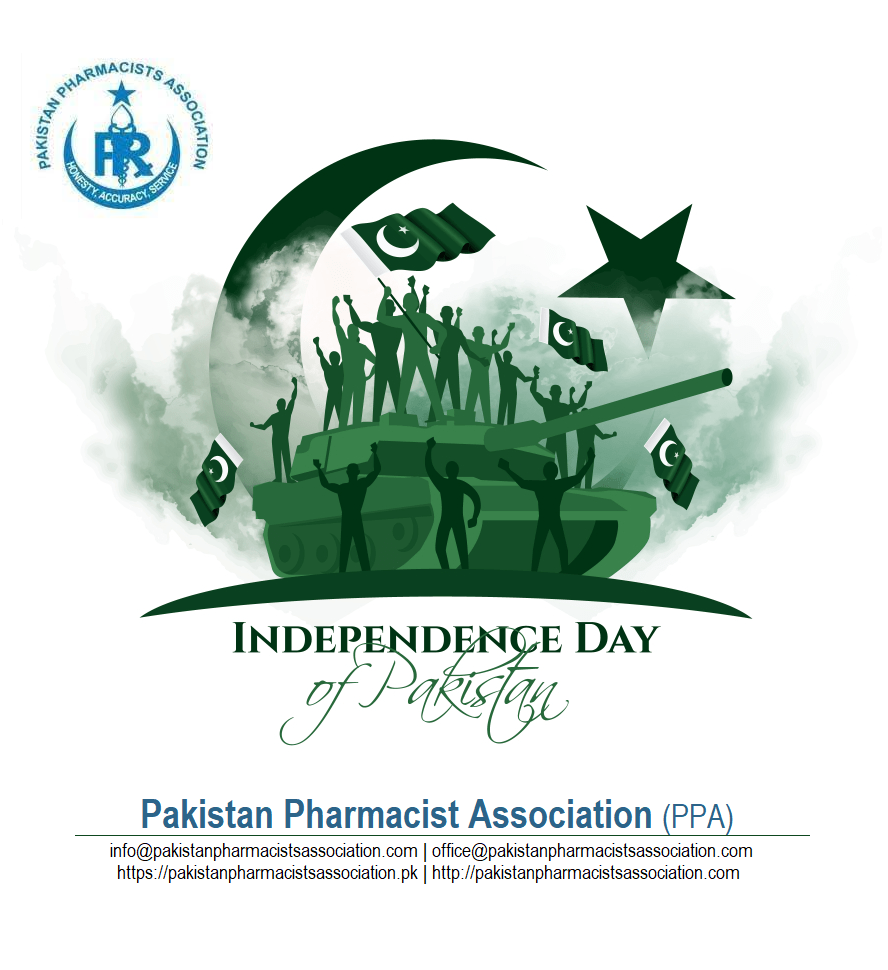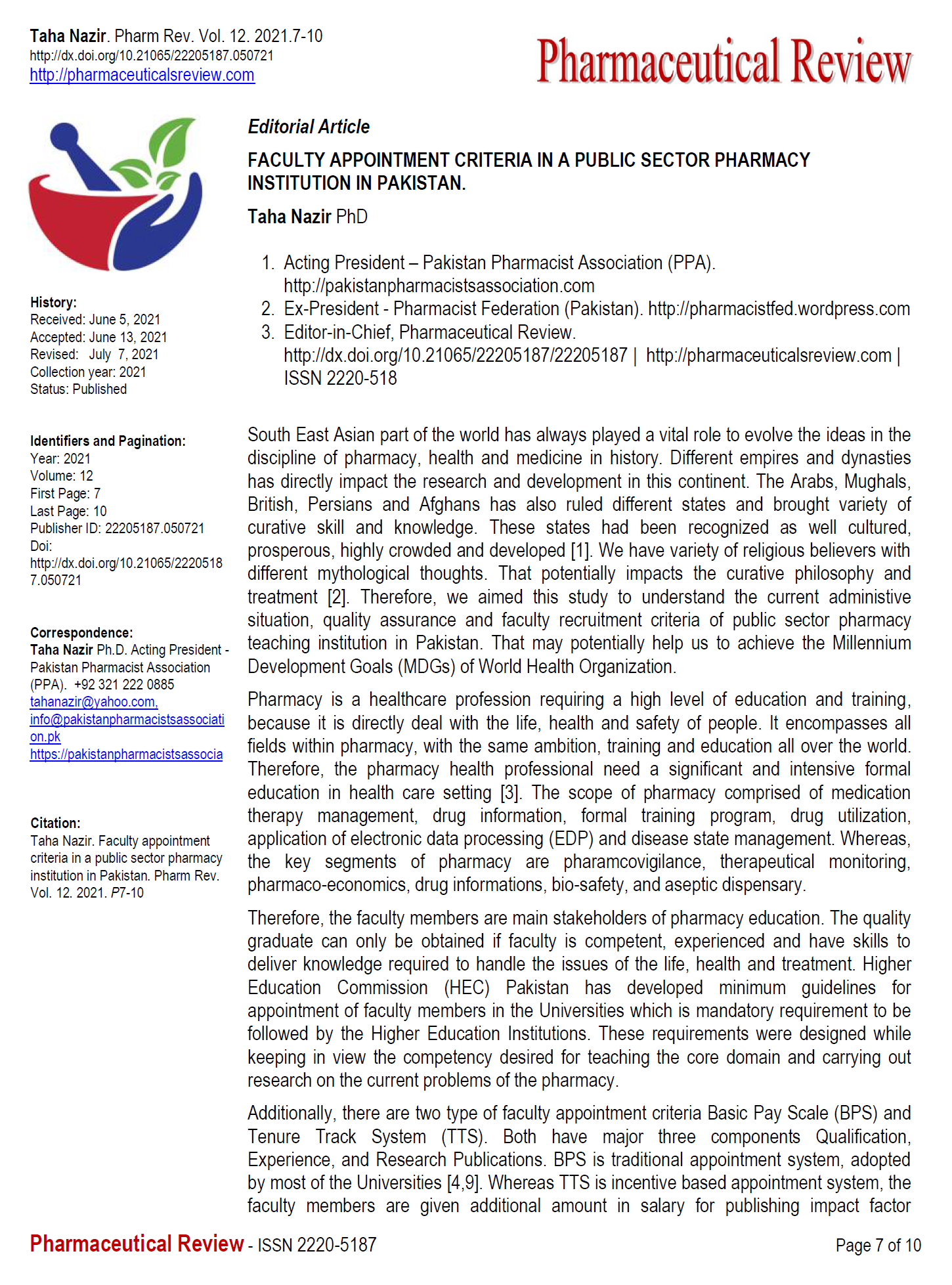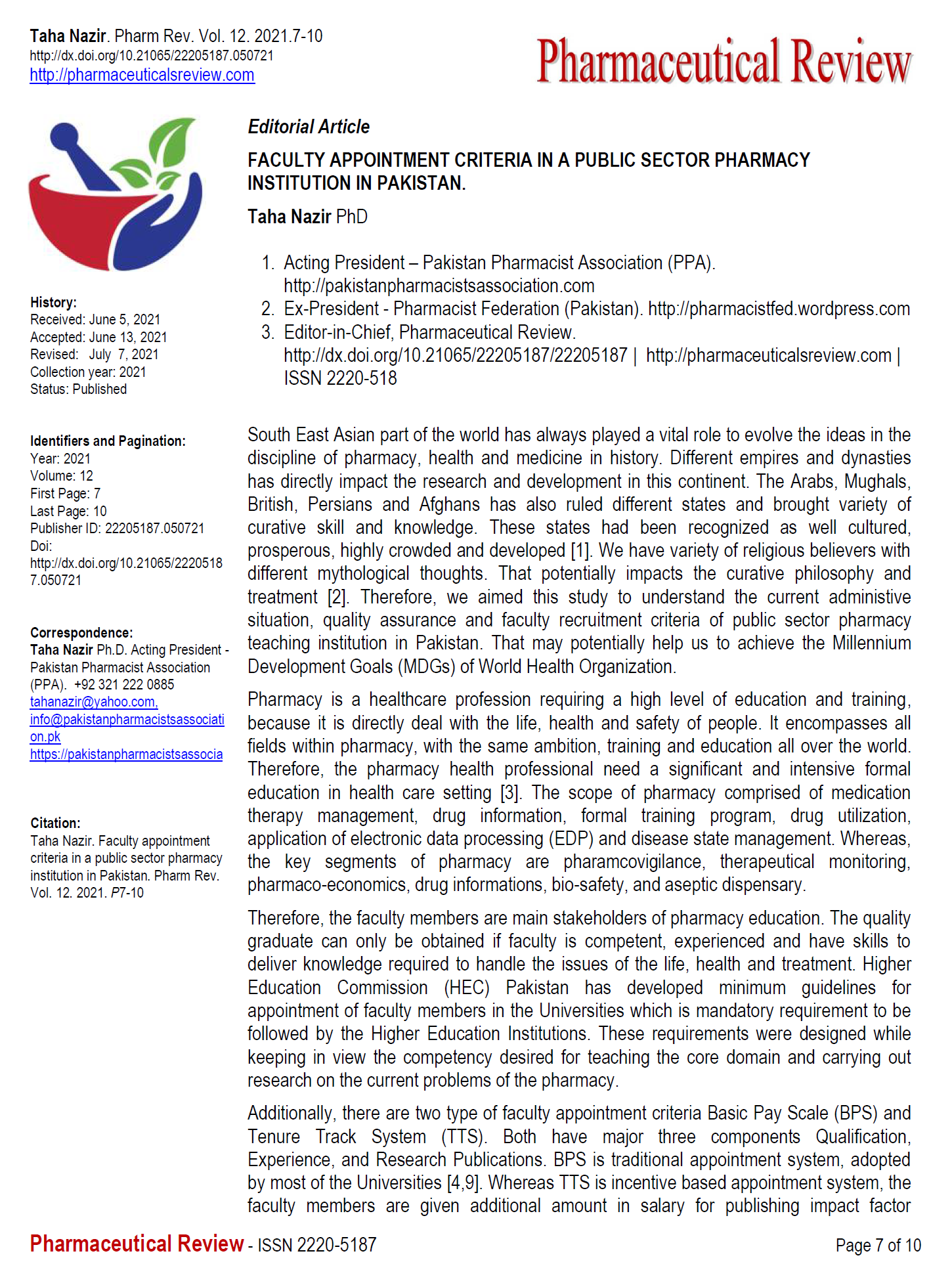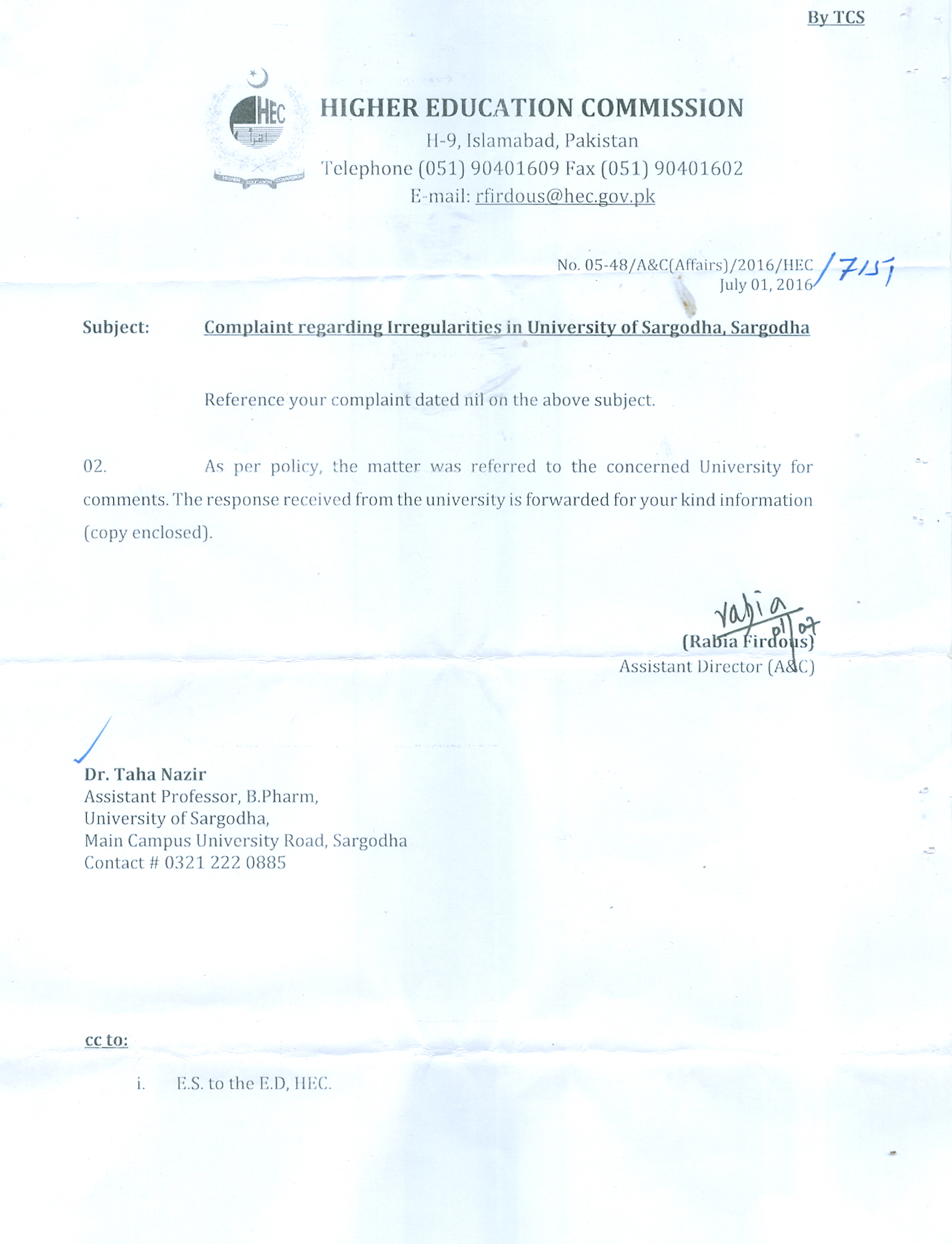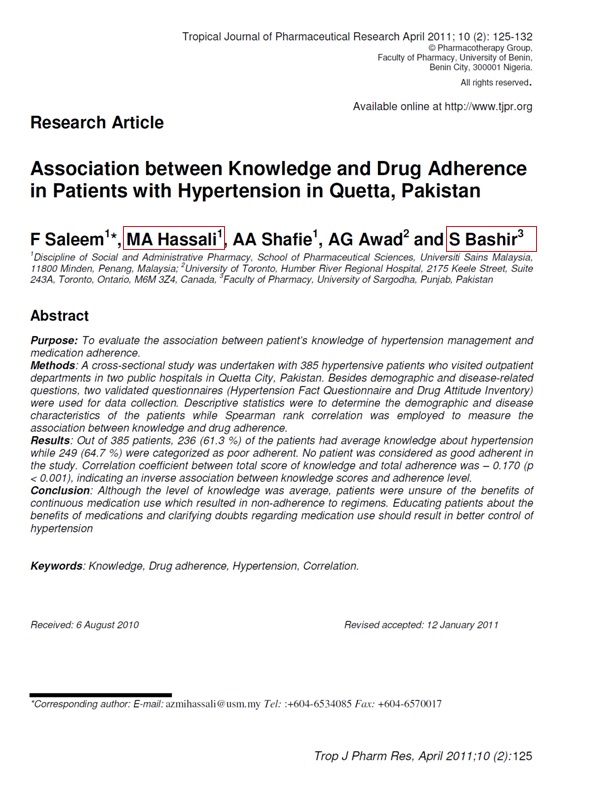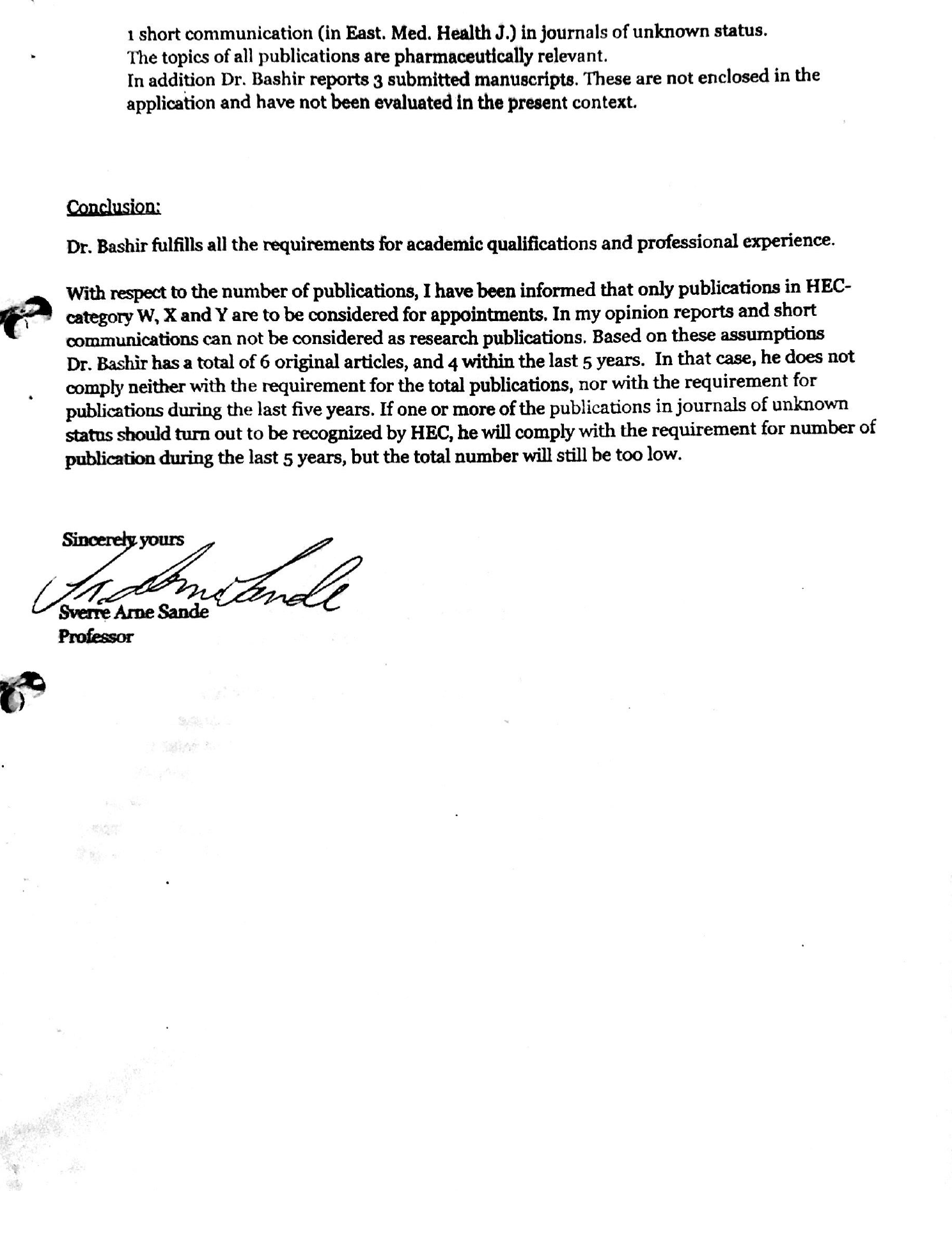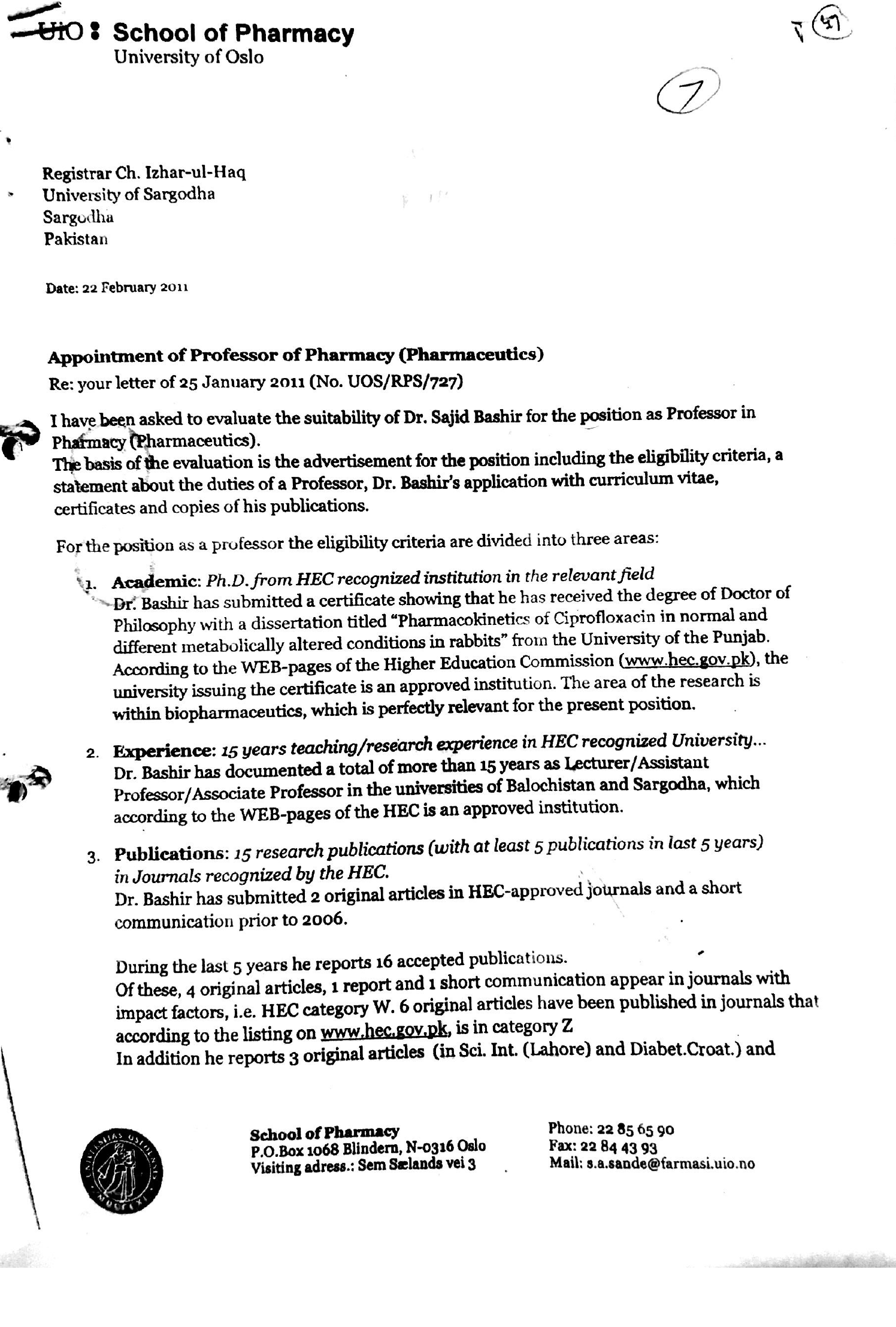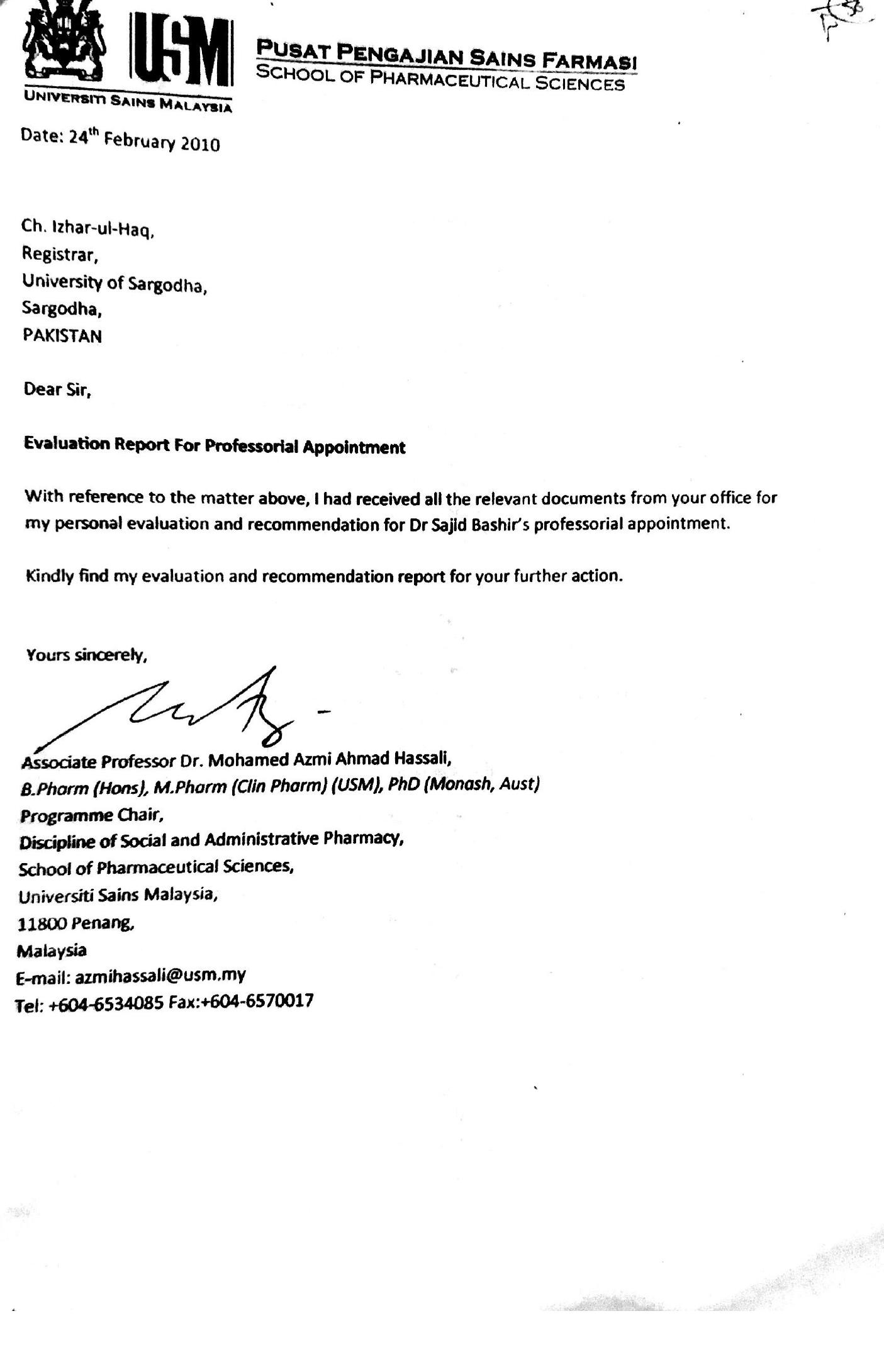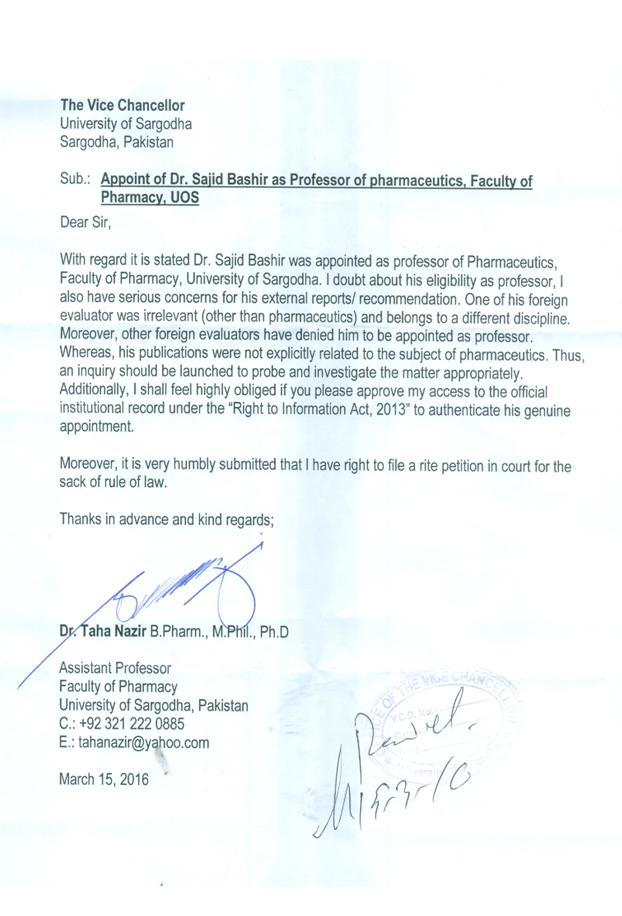
Satnam Singh, a well-known figure in the Sikh community, was running his clinic ‘Dharmandar Pharmacy’ on Charsadda Road in Peshawar
Pakistan’s Ministry of Interior has sought a report from the provincial government of Khyber Pakhtunkhwa into the killing of a well-known Sikh ‘hakeem’ in the country’s restive northwestern city of Peshawar, an official said on Saturday. ‘Hakeem’ Sardar Satnam Singh (Khalsa), 45, who practised Unani medicine, was at his clinic on Thursday when some unidentified gunmen barged into his cabin and opened fire, killing him on the spot, the police said.
The assailants, who managed to flee the crime scene, fired four times, according to the police. The federal interior Ministry sought a report from the Khyber Pakhtunkhwa government into the killing, according to an official. An initial report has been sent to the interior ministry even as the police expanded the scope of their investigation, the official said.
Singh’s funeral was held on Friday, according to the official. Provincial Police chief Moazzam Jah Ansari visited Singh’s residence and condoled his family. The Islamic State’s Afghanistan affiliate, dubbed Islamic State Khorasan (ISIS-K), has claimed responsibility for his killing in Peshawar. The ISIS-K described Singh as “polytheist”, The Associated Press news agency quoted the terror group as saying in its statement.
The ISIS-K, which has stepped up attacks in several Afghan cities since the Taliban seized power in Kabul on August 15, had also claimed the deadly suicide attack at Kabul airport on August 26 that killed nearly 170 Afghans and 13 US military personnel. According to the Punjab Police, Singh had arrived in Peshawar from Hassan Abdaal a day earlier.
Singh, a well-known figure in the Sikh community, was running his clinic ‘Dharmandar Pharmacy’ on Charsadda Road in Peshawar. He had been living in the city for the past 20 years.
Singh is survived by his wife, three daughters and two sons. About 15,000 Sikhs live in Peshawar, mostly in the Jogan Shah neighborhood of the provincial capital. Most of the Sikh community members in Peshawar are involved in business, while some also run pharmacies. Khyber Pakhtunkhwa Chief Minister Mahmood Khan strongly condemned the killing of Singh and directed the police to take immediate steps to arrest the killers. In 2018, Charanjit Singh, a prominent Sikh community member, was killed by unknown men in Peshawar.
Similarly, news channel anchor Ravinder Singh was killed in 2020 in the city. In 2016, Pakistan Tehreek-e-Insaaf’s National Assembly member Soren Singh was killed in Peshawar. According to the 2017 census, Hindus constitute the largest religious minority in Pakistan. Christians make up the second largest religious minority. The Ahmadis, Sikhs and Parsis are also among the notable religious minorities in Pakistan.




